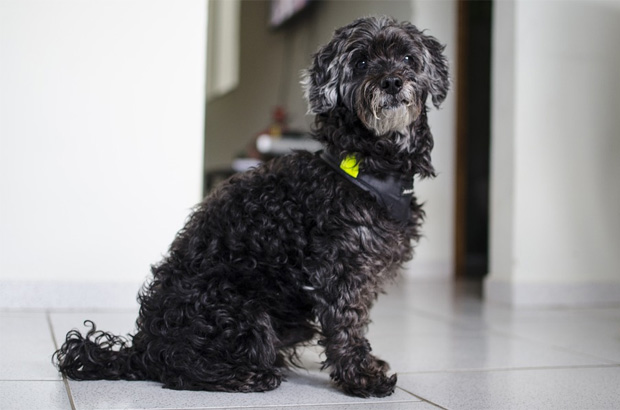Top Common Types Of Skin Irritation That Can Appear In Dogs And How To Treat Them

Top Common Types Of Skin Irritation That Can Appear In Dogs And How To Treat Them
Dogs require both a lot of attention and exercise. One of the most common areas where people neglect their dog is in the area of skincare. Dogs can be just as prone to skin irritation and problems as humans, and in some cases, these problems can be difficult to treat. In this article, we will discuss the most common types of skin irritation that can appear in dogs. The following will also give you some tips on how to keep your dog’s skin healthy so that they can enjoy all the love that they deserve!

- Kennel Nose
What is a kennel nose? Kennel nose is a type of dermatitis that can be caused by either an allergic reaction or an infection. It typically appears as a red, crusty rash on the dog’s nose. This can be a very uncomfortable condition for your dog, and if left untreated, it can lead to secondary infections. If you notice a kennel nose, it is important to take your dog to the vet so that they can determine the cause and start treatment. When it comes to the treatment of a dog with a kennel nose, the vet may prescribe a topical ointment or an oral antibiotic. In addition, they may also recommend that you use a humidifier in your home to help soothe your dog’s skin.
- Bald Patches
Bald patches on a dog’s coat are usually caused by one of two things: either allergies or mange. Allergies can cause your dog to scratch excessively, which can lead to hair loss. Some common allergies include food allergies, environmental allergies, and contact allergies. Mange, on the other hand, is a skin condition that is caused by mites. This can be a very serious condition if left untreated, so if you notice bald patches on your dog’s coat, it is important to take them to the vet right away. The vet will likely prescribe a medicated shampoo or dip to treat the mange. In some cases, they may also prescribe an oral medication.
- Rashes
There are many different types of rashes that can affect dogs. Some of the most common include allergic dermatitis, contact dermatitis, and seborrhea. Allergic dermatitis is a reaction to something that your dog is allergic to, such as certain types of food or environmental irritants. Contact dermatitis occurs when your dog’s skin comes into contact with something that they are allergic to, such as poison ivy or detergents. Seborrhea is a condition that causes the skin to produce too much oil, which can lead to a greasy or scaly appearance. If you notice a rash on your dog, it is important to take them to the vet so that they can determine the cause and start treatment.

- Lumps
If you notice any lumps on your dog’s skin, it is important to have them checked out by a vet right away. Lumps can be a sign of many different things, such as cancer, infection, or parasites. In some cases, lumps may be benign, but it is always better to be safe than sorry. The vet will likely perform a biopsy of the lump in order to determine its cause. If the lump is found to be cancerous, treatment will vary depending on the type of cancer that is present. If the lump is caused by infection or parasites, the vet will prescribe an appropriate treatment.
- Skin Lesions
Skin lesions can be a sign of many different things, such as allergies, infection, or even cancer. In most cases, skin lesions are benign and do not require any treatment. However, if the lesion is painful, bleeds easily, or is located in an area that your dog frequently licks or scratches, it is important to take them to the vet so that they can determine the cause and start treatment. Some common types of treatment include topical ointments or antibiotics.
- Dandruff
Dandruff is a condition that causes the skin to become dry and flaky. It is usually caused by a yeast infection or seborrhea. If you notice dandruff on your dog, there are a few things that you can do at home to help treat the condition. First, you can try using a medicated shampoo. You can also feed your dog a diet that is high in omega-3 fatty acids, which will help to moisturize their skin from the inside out. In some cases, you’ll have to take your dog to the vet for treatment. The vet may prescribe a topical ointment or an oral antibiotic.
Dog skin problems can be both frustrating and confusing to treat. It’s important to get to the root of the issue in order to provide your pup with the best possible care. We hope this article has provided you with some clarity on the most common types of dog skin irritation and how to treat them!
Author: Allen Brown.




